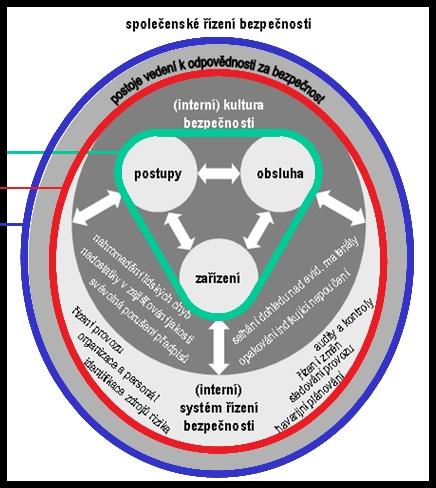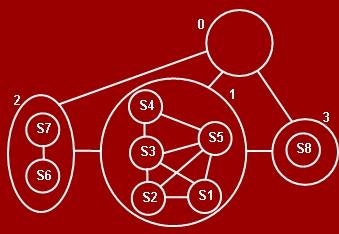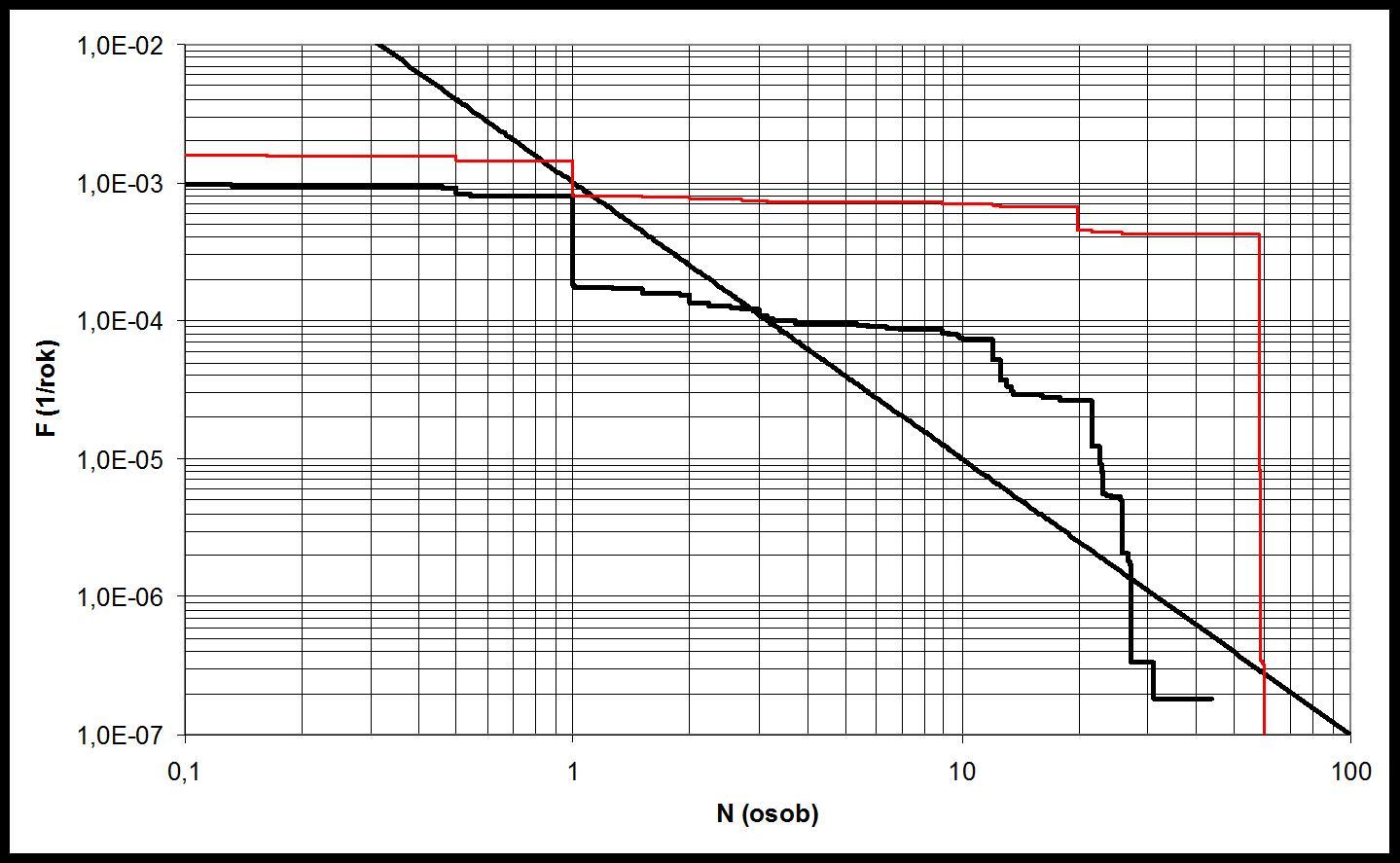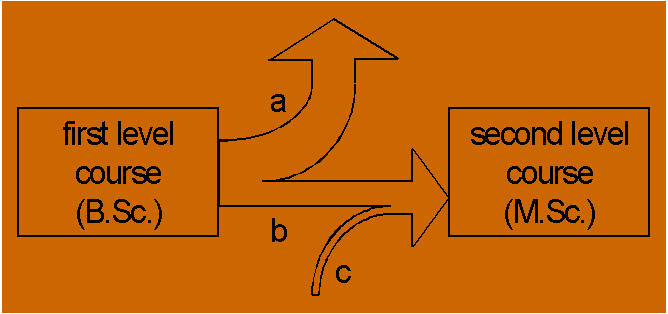Academic worker, head of the institute
E-mail: milos.ferjencik@upce.cz
Phone: +420 46603 8504
Office: Technological Department Doubravice,
building CC, office No. 03 011
Scientific Profile
Fundamentals of approach to safety/risk
The following figure describes a systematic approach to safety analysis and management, which is based on the concerns of the scenarios causing damage. Such an approach is used by a professional in the chemical industry who realizes that:- Adverse events represent an irreplaceable source of information. It is necessary to analyse them and learn from them.
- The risk of activities with hazardous substances, energies, reactions can be analysed. The results can be used for managerial decisions.

Methods of analysis of causes of adverse events
Countless individuals and teams throughout the world every day analyse causes of adverse events. Despite still only partial consensus exists on the fundamentals of these analyses and methods to be used. It's not surprising when you consider that adverse events have a huge variety of forms; they occur in different types of processes; and that the systems that implement these processes, often combine both technical and social elements. Causes of the events can be identified at various levels and the analysis can apply and combine different types of views and simplifications. I deal with the issues of how to classify and identify the deeper causes of adverse events, and how to create consistent and widely applicable methods for analysing the causes of adverse events.
Analysis of actual adverse events
There are three good reasons why to perform analyses of adverse events: 1) Number of adverse events can be found in our history, desirable lessons of which still have not been explored. 2) New and new adverse events occur currently which deserve an unbiased and thorough analysis that can be effectively used to learn lessons. 3) Analysis of actual adverse events represents a source of impulses for the development of methods of adverse events cause analysis.
Approach to the teaching of safety engineering
Should the safety engineering be taught separately from technical subjects or should it be integrated into them? What are the fundamental and indispensable topics of safety engineering? What knowledge and skills on the contrary should be considered to be too specialised? What methods should be used to teach safety engineering? How to reflect in the classroom, that not only a sum of certain knowledge and skills has to be transmitted, but also certain attitudes have to be formed?
Simplified risk analyses
Usefulness of risk analysis for various industries is now quite widely recognized. Rarely, however, the management is willing to invest in extensive and detailed analyses. They prefer various simplifications of risk analyses. The most common ways of simplification are currently based on successful LOPA method accompanied where appropriate by identifying and classifying safety instrumented systems (SIS). The simplification of risk analysis in processes, where great number of hazards can occur and interact, represents an interesting and difficult issue.
Application of risk analyses in explosive industry
Care for safety and efforts to economic success are carried out in parallel. It is important and not easy to be able to combine these two areas. Care for safety should not endanger the economy, and the focus on the economy should not impede the commitment to safety. Companies are trying to meet complex safety legislation, make a profit and not become public enemies. The question of how to effectively manage safety is not dealt with only in industries but also in the activities of the army and the police, or for example in university laboratories. I'm trying to help answer this question in specific situations.
Lectured courses
- Safety of industrial processes 100%
- Safety engineering I/ 60%
- Safety engineering II 100%
Publications
- Ferjenčík, M.: The role of the two phase-scenarios concept in the matrix relative risk ranking procedure, Process Safety Progress 16( 2) 117-120 (1997).
- Ferjenčík, M.: Best starting point to comprehensive process safety education, Process Safety Progress 26(3) 195-202 (2007).
- Ferjencik, M., Kuracina, R.: MORT WorkSheet or how to make MORT analysis easy, Journal of Hazardous Materials 151 143-154 (2008).
- Ferjencik, M., Jalovy, Z.: What can be learned from incidents in chemistry labs, Journal of Loss Prevention in the Process Industries 23 630-636 (2010).
- Ferjencik, M.: Root cause analysis of an old accident in an explosives production plant, Safety Science 48 1530–1544 (2010).
- Ferjencik, M.: Totalitarian loss of responsibility in an explosives production plant, Safety Science 49 253-267 (2011).
- Ferjencik, M., Janovsky, B.: Water among causes for storage tank explosion, Hydrocarbon Processing 89 (11) 35-40 (2010).
- Ferjencik, M.: An integrated approach to the analysis of incident cause, Safety Science 49 886-905 (2011).
- Ferjencik, M.: An integrated approach to the analysis of causes of crime/ public disorder – A case study for the “Tlahuac” incident, Reliability Engineering and System Safety 105 13–24 (2012).
- Dostal, L., Janovsky, B., Ferjencik, M.: Velocity and range of fragments from accidental explosions, Process Safety Progress 31(2) 170-173 (2012).
- Ferjencik, M.: Engineers need RUDENESS: Implicit assumptions in the background of Trevor Kletz's approach to accidents, Process Safety Progress 31(3) 315-318 (2012).
- Ferjencik, M., Pelikan, V., Cousy, S.: Is our apparatus foolproof?: Examination of safety-important characteristics of an electrostatic discharge tester for explosives, Process Safety Progress 32 (3) 283-297 (2013).
- Ferjencik, M.: IPICA_Lite - Improvements to root cause analysis, Reliability Engineering and System Safety 131 1-13 (2014).
- Ferjencik, M., Slovackova, I.: Trust managers and respect workmen: What does it mean to be competent in caring about safety, Journal of Loss Prevention in the Process Industries 32 95-108 (2014).



